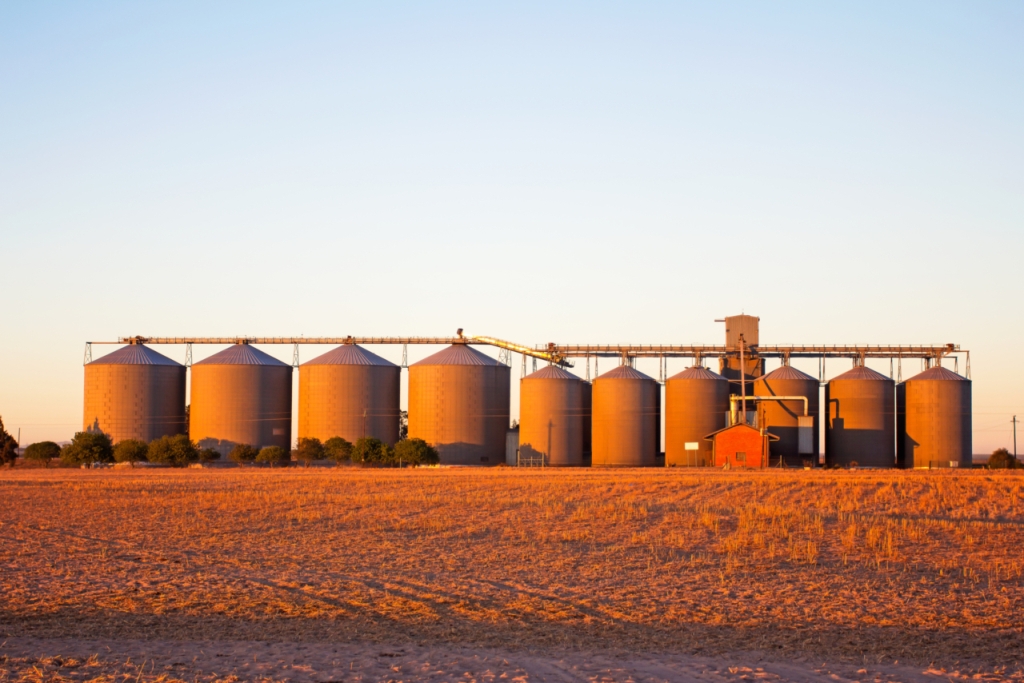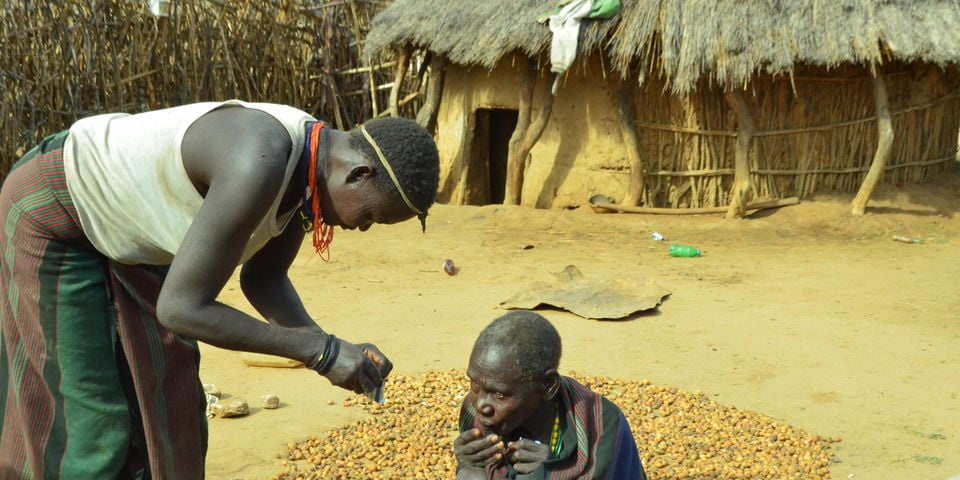On January 5, 2024, the Ugandan government, through the Uganda Investment Authority (UIA), announced its acquisition of 12 square miles of land strategically distributed across various districts in the country, including Kisoro, Nebbi, and Apac. This move aims to accommodate the increasing interest from both local and foreign investors seeking to establish themselves in Uganda.
Morrison Rwakakamba, the chairperson of the UIA board, provided insights into the government’s efforts to facilitate investor needs. Unlike existing Industrial Parks, where 70% of the land remains undeveloped due to various challenges, Rwakakamba highlighted that the newly designated areas for industrial parks present a unique advantage. These locations have been meticulously selected to ensure none of the acquired 12 square miles is situated in wetlands, and there are no conflicts with landowners.
Addressing concerns about environmental impact, Rwakakamba emphasized the adoption of technologies that prioritize eco-friendly operations within industrial parks, particularly those situated in wetlands. This strategic approach reflects the government’s commitment to sustainable development.
Rwakakamba further addressed the essential infrastructure required for investors, such as road networks and access to electricity. He assured that comprehensive plans are in progress to equip all industrial parks with the necessary facilities to foster investment. Citing examples like the West Nile region, he highlighted the region’s ample power capacity to support the upcoming industrial park, mirroring similar efforts in the Soroti area and beyond.
The UIA board chair’s statements came in response to reports indicating a perceived scarcity of available land despite the growing interest from investors. Rwakakamba, during a telephone interview with New Vision Online on Monday, clarified the government’s commitment to ensuring accessible land for prospective investors.
The allocated land is earmarked for diverse investment sectors, including agro-processing, minerals, freshwater resources, forest resources, the knowledge sector, services sector, and the pathogenic economy, among others.




















